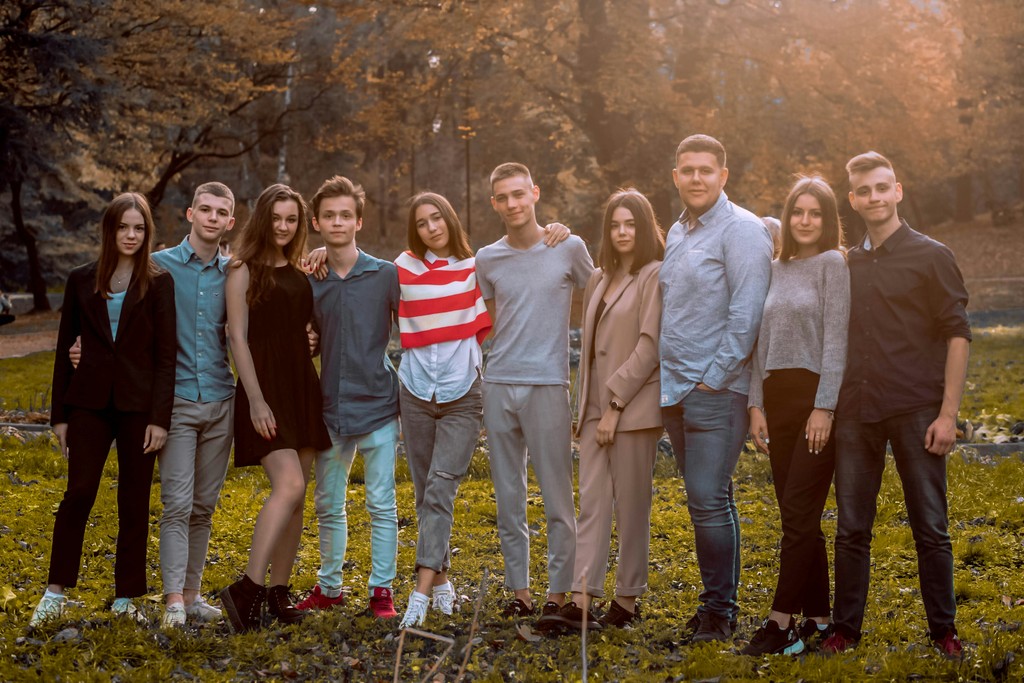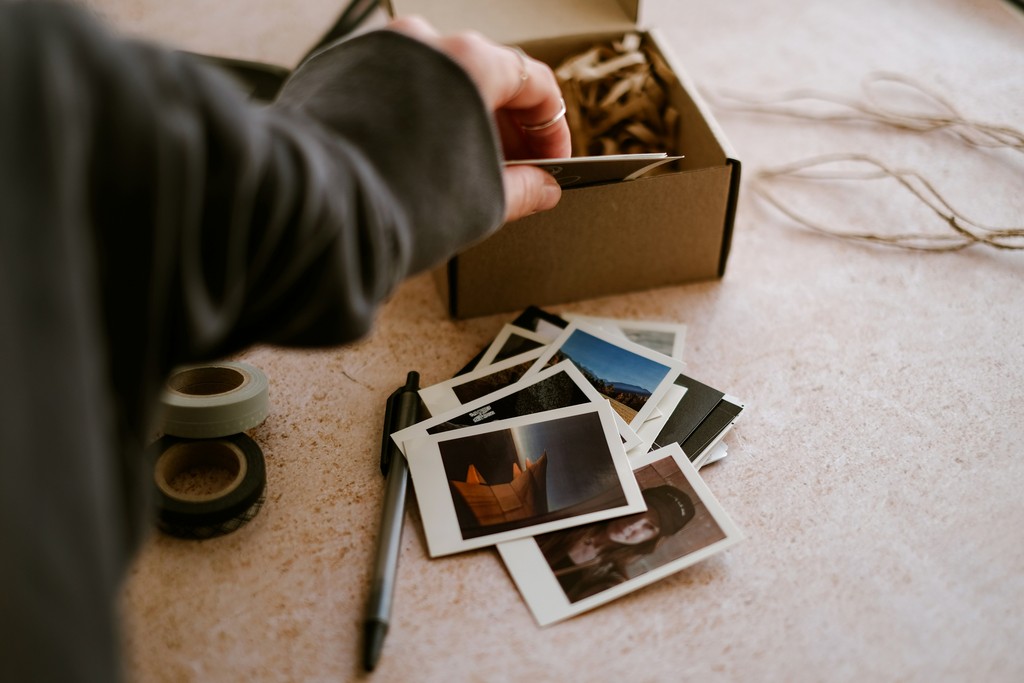
Ryan
May 18, 2024
Creating a Legacy: Importance of Digital Memory
The need to preserve memories has been a critical aspect of society since the dawn of man. We have tried to record the events and feelings that are part of our existence, from prehistoric times when we painted in caves to the present day when we write letters.
But this is the digital age, and technology has become a part of our lives; thus, how we store our memories has drastically changed. Therefore, we have arrived at the threshold of a new age – the age of memory customization and the management of memory in digital form.
In this blog post, I will share how technology has changed retention and its advantages. So, sit back and fasten your seat belts as I explain how you can develop a personal legacy through digital asset management platforms and digital preservation technologies!
The effects of technology on storing memories
Technology has undoubtedly changed the process of how we store memories. Earlier, photographs and letters were preserved in albums or even in boxes, where they would sometimes get ruined. However, in the present world, everyone with a smartphone or a digital camera can capture scores of moments and store them as digital data.
The use of social media sites has now made it possible to not only store those special moments of our lives but also share them with the people we know in society. There are ways to upload photos and create photo albums, place labels on people in pictures, and even record videos of certain events. This means that our friends and family will never miss out on those significant moments in our lives.
In addition, cloud storage has transformed the way information is stored because it offers safe and convenient digital storage methods. Using a digital asset conservation platform, this becomes possible. We can share our photos, videos, and documents, among others, as well as other important files from loss or damages that may result from fire or flood, among other physical factors.
In addition to using cameras and smartphones to record events, people wear smartwatches to record and monitor their lives in different ways, including their activities and heart rate. Such data may seem insignificant, but think how interesting it will be for descendants to study their ancestors' everyday lives and health in the future!
Technology has played a great role in helping people capture and store memories, as this paper shows.
The advantages of documenting and maintaining personal memories
Preserving and recording personal memories is not just a way of looking back at the past and reminiscing the past. It has several advantages that can positively impact our lives in one way or another.
Recording the events in our lives is a way of ensuring that future generations know about them. That is why we take pictures, record videos, or write down events in our lives: to make sure that when we are gone, we will still be remembered.
It means to be in charge of selecting memories, which, in turn, helps one look at one's life differently and comprehend oneself better. These memories can be organized and re-examined to analyze patterns, motifs, and life lessons that will help one develop.
Remembering and recording moments can also be a form of healing or a way to help one self-heal. It is a way of expressing feelings that a person has bottled up inside of them and working through old issues. Narrating or depicting traumatic events or situations can assist people in moving on and letting go of the pain.
Also, curated personal memories are a source of inspiration for future actions. Reflections on accomplishments make people recall that they can do something and encourage them to do more. They motivate the person and, at the same time, help him/her remember that if he/she tries hard enough, he/she can do it.

Personalized memory curation: ways of establishing a personal legacy
Personalized memory curation is one of the best ways to design a meaningful and unique memory that will be treasured in the future. The forgetting and hiding treasures in shoeboxes and dusty albums is long gone. Due to technological advancement, one can now use advancements to capture memories and store them in digital form.
The first step in creating and managing individual memory is to accumulate possessions. These can be any form of content, such as images, videos, papers, and even content shared on social media platforms. It is recommended that these assets be arranged into categories or topics that are significant to you. Each collection should convey a message about vacations, important events, or everyday life.
Now that you have your assets sorted, it is time to think about how you wish to display them. The following are some applications that can help you create beautiful visual presentations or even interactive experiences with your selected memories. Utilizing these platforms and developing something unique has become relatively simple for virtually anyone, as they provide templates and tools that can be adjusted to the user's preferences.
Another strategy used in the process of personal memory curation is adding context and personal commentary. It is possible to write captions or descriptions for each of the assets, partly explaining their meaning. You can also decide to record audio or video messages of your thoughts and feelings about the particular memories.
One more crucial aspect of creating a heritage is sharing the memorable moments of one's life with future generations. An ideal solution would be a secured website with a virtual album where all family members can upload their photos and tell their version of the story.
Preserving memories for the future generation
For this reason, passing on one's experiences to the next generation is essential as a form of heritage. With the development of technology, we have many ways of recording and storing these memories.
The most efficient way of sharing memories is through technology, primarily social media platforms. Thanks to such social networks as Facebook, Twitter, and others, it is much easier to contact relatives and share photos, videos, and memories. These digital platforms enable us to make digital albums that the next generation can retrieve with a simple button click.

However, sharing memories is only part of what is involved in today's society since people share their memories by posting photos on social media platforms. It is about assembling a story, our story, of how we became what we are today. This way, one can choose the most critical events, and the cone's a meaningful collection consistent with one's ideals and interests.
Consider the ability to transfer not the separate photos but the selection that reflects the whole life path. This could be anything from letters or diary entries written by hand to various items precious to the family or even recorded stories that have been told for years by the family members.
Thus, by engaging in memory preservation and management in the present, we guarantee that the following generations will be able to find out how and what their forebears lived for. This will also enable them to discover about themselves, the people they are since they came from.
